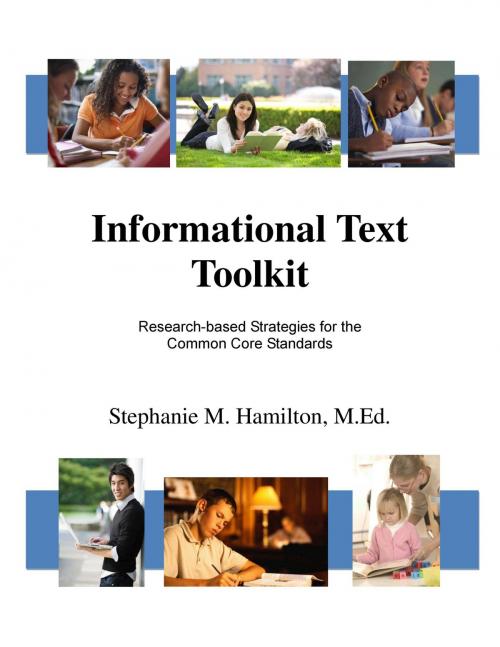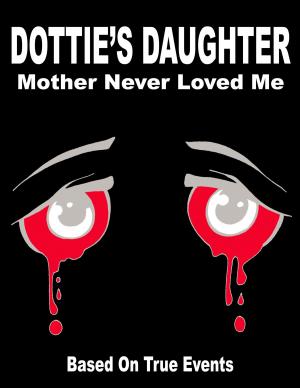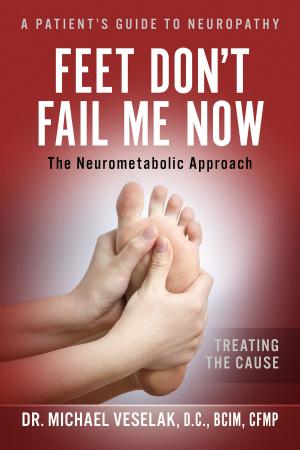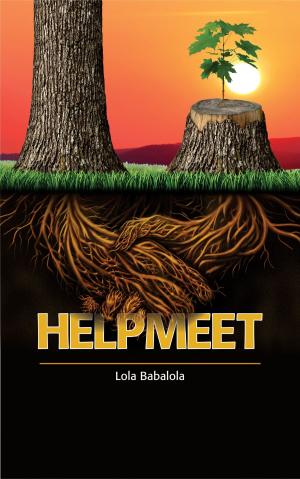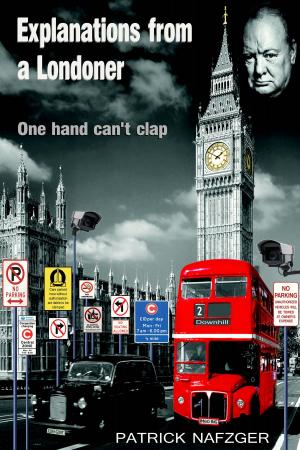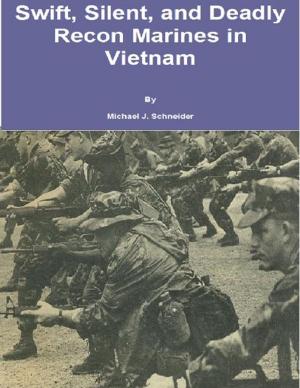Informational Text Toolkit
Research-based Strategies for the Common Core Standards
Nonfiction, Reference & Language, Education & Teaching, Teaching, Teaching Methods| Author: | Stephanie M. Hamilton | ISBN: | 9781483524177 |
| Publisher: | BookBaby | Publication: | March 25, 2014 |
| Imprint: | Language: | English |
| Author: | Stephanie M. Hamilton |
| ISBN: | 9781483524177 |
| Publisher: | BookBaby |
| Publication: | March 25, 2014 |
| Imprint: | |
| Language: | English |
The Informational Text Toolkit is an easy-to-use handbook filled with research-based strategies to build comprehension skills when teaching the Common Core Standards for Informational Text. The strategies can be applied to elementary through high school students. Students at the university-level can also benefit from using these strategies to comprehend undergraduate or graduate text. The Common Core State Standards (CCSS) for English Language Arts emphasize the importance of students reading informational text. They should be able to describe, analyze, compare, and evaluate various types of text. Informational text is found in content area subjects like science, health, and social studies; it is found on the cafeteria menu. Exposing students to this type of text should be a daily part of the natural routine of the school day. Informational text looks different than the fiction students might be used to reading. Text features for informational text include a table of contents, an index, bold or italicized text, headings and subheadings, glossaries for specialized vocabulary, specialized vocabulary, photos, captions, graphs, diagrams, tables, maps, and charts. Informational text also has text structures that might be unfamiliar to students. These include Cause and Effect, Sequence, Problem and Solution, Description, and Compare and Contrast.
The Informational Text Toolkit is an easy-to-use handbook filled with research-based strategies to build comprehension skills when teaching the Common Core Standards for Informational Text. The strategies can be applied to elementary through high school students. Students at the university-level can also benefit from using these strategies to comprehend undergraduate or graduate text. The Common Core State Standards (CCSS) for English Language Arts emphasize the importance of students reading informational text. They should be able to describe, analyze, compare, and evaluate various types of text. Informational text is found in content area subjects like science, health, and social studies; it is found on the cafeteria menu. Exposing students to this type of text should be a daily part of the natural routine of the school day. Informational text looks different than the fiction students might be used to reading. Text features for informational text include a table of contents, an index, bold or italicized text, headings and subheadings, glossaries for specialized vocabulary, specialized vocabulary, photos, captions, graphs, diagrams, tables, maps, and charts. Informational text also has text structures that might be unfamiliar to students. These include Cause and Effect, Sequence, Problem and Solution, Description, and Compare and Contrast.
